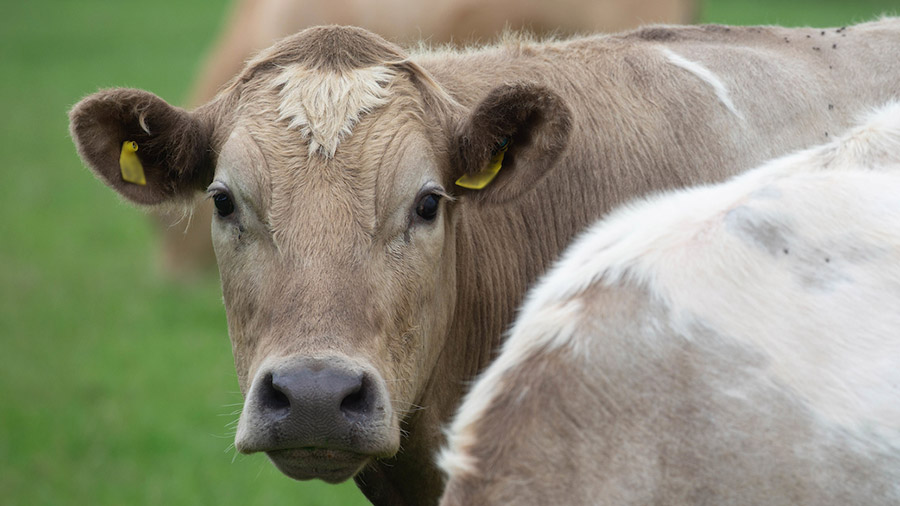Cattle health research reveals biggest challenge for farmers
 ©Tim Scrivener
©Tim Scrivener Lameness has been singled out as the top health and welfare challenge in the cattle sector by a survey of 240 farmers.
More than one-third (36%) of respondents specified this as the industry’s biggest health and welfare issue in the research done by Cattle Health Certification Standards (CHeCS), the organisation that sets standards for infectious disease control and quality assures UK cattle health schemes.
See also: How to tackle chronic dairy cow lameness and mobility
Infectious diseases, including TB, and economic pressures that prevent investment were flagged as the second and third most pressing problems (13% and 9%, respectively).
Low market prices and/or high input costs were the most common answers (21%) given by beef and dairy producers in terms of the biggest challenge to profitability. This was followed by competition caused by Brexit and trade issues (20%), then infectious disease (19%).
A question on what the main challenges are to the industry’s reputation sparked responses related to pressure groups and media misrepresentation (15%), environmental and sustainability issues (11%), and unrealistic public or campaigner expectations about how animals should be kept (10%).
Challenges
Abi Reader, a Welsh dairy farmer and chairwoman of CHeCS, said the survey highlighted the range of challenges outside farmers’ control, but also flagged issues they could act on.
“At farm level, we are largely unable to influence Brexit or trade matters and have a limited effect on sales price or input costs or even misrepresentation, which can be incredibly frustrating,” she said.
“However, lameness and infectious disease are problems we can and must take the opportunity to address, as they have a knock-on effect in terms of both profitability and reputation.
“In the question about challenges to profitability, infectious disease ranked third and most of the answers specified BVD [bovine viral diarrhea], Johne’s disease or neospora, all of which we can either reduce the impact of of or eliminate completely.”
Emotional toll
Ms Reader pointed out that, in the drive to combat the “financial and emotional toll” of TB, lessons could be learned from tackling other infectious diseases – such as the role of improved biosecurity or genetics.
“I feel the same helplessness during testing and frustration when TB breakdowns happen as everyone else. But doing what we can to reduce the risk of it happening again has helped towards alleviating those feelings of powerlessness,” she said.
In the survey, 85% of participants rated the effectiveness of cattle health schemes at reducing or eliminating infectious disease as “good” or “very good”, with 87% giving the appropriateness of measures required under CHeCS the same approval.
